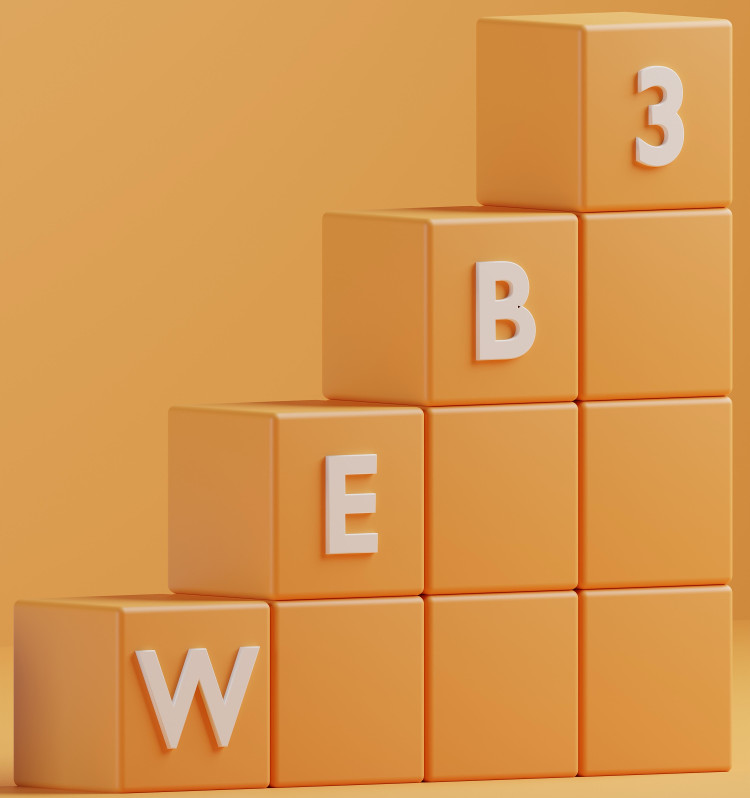Technology - 5 Min Read Learning and development 14 Feb 2019
The internet has already undergone several transformative phases, from Web 1.0's static websites to the interactive platforms of Web 2.0. Now, a new era is on the horizon—Web3. Built on the foundation of blockchain technology and decentralized principles, Web3 is poised to revolutionize the internet once again. In this article, we'll explore how Web3 will reshape the digital landscape, offering increased user sovereignty, enhanced privacy, and decentralized ecosystems.
The Genesis of Web3
Web3 represents a fundamental shift in how the internet operates. At its core is blockchain technology, which enables decentralized and secure peer-to-peer transactions. Unlike traditional web models where centralized entities control data and transactions, Web3 embraces decentralization, empowering users with ownership and control over their digital identities and assets.
- Decentralized Data Ownership
One of the cornerstones of Web3 is the concept of user ownership and control over personal data. With Web3, individuals can store their data on decentralized platforms, granting them full ownership and the ability to grant or revoke access as needed. This shift challenges the current model where tech giants hold massive amounts of user data.
- Enhanced Privacy and Security
Web3 places privacy and security at the forefront. By encrypting data and utilizing decentralized networks, users can transact and communicate securely without intermediaries. This approach reduces the risk of data breaches and unauthorized access, putting individuals in control of their digital footprint.
- Tokenization and Digital Assets
Web3 introduces the concept of tokenization, where assets and transactions are represented as digital tokens on the blockchain. This opens up new possibilities for creating, buying, selling, and exchanging digital assets, from artwork to virtual real estate, without relying on traditional intermediaries.
- Decentralized Applications (DApps)
Decentralized applications, or DApps, are a key component of Web3. These applications operate on blockchain networks, eliminating the need for central servers. DApps offer improved transparency, resilience against censorship, and reduced risk of service interruptions.
- Smart Contracts and Automation
Web3 leverages smart contracts, self-executing agreements that automatically execute actions when predefined conditions are met. This innovation streamlines processes, reduces the need for intermediaries, and ensures trustless interactions.
- Global Financial Inclusion
Web3 has the potential to drive global financial inclusion. With digital wallets and decentralized finance (DeFi) applications, individuals around the world can access financial services without traditional banking intermediaries, leveling the playing field and fostering economic empowerment.
- Challenges and Considerations
While Web3 holds immense promise, it also presents challenges. The technology is still in its infancy, and scalability, energy consumption, regulatory hurdles, and user adoption remain critical considerations. Overcoming these challenges will be essential for the successful evolution of Web3.
Conclusion
Web3 is not just an evolution of the internet; it's a paradigm shift that empowers individuals with ownership, control, and privacy in the digital realm. By leveraging blockchain technology and decentralized principles, Web3 reimagines how we interact, transact, and communicate online. As Web3 continues to develop and gain traction, it has the potential to redefine our relationship with the internet, creating a more equitable, secure, and user-centric digital landscape. The future of the web is being rewritten, and Web3 is at the forefront of this transformative journey.

